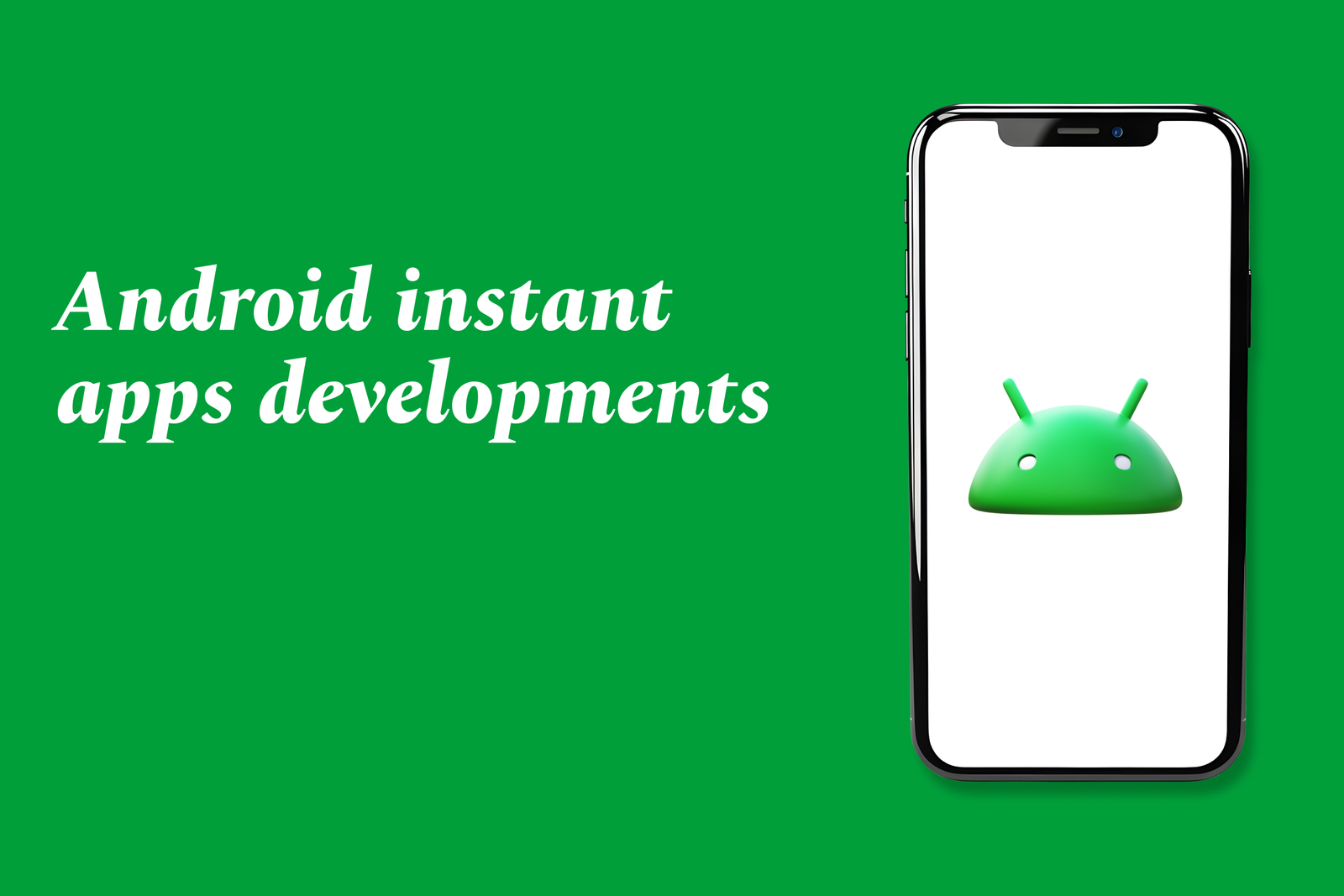Android Instant Apps Developments
Android Instant Apps let users run apps instantly without installation by loading only required features on demand. This modular approach enhances user experience, boosts engagement, and simplifies app discovery via URLs, all supported by development tools like Android Studio and the Instant Apps SDK.
Android Instant Apps Developments
1 ) Introduction to Android Instant Apps
Android Instant Apps enable users to run Android applications without prior installation.
Instant Apps deliver specific app features or modules that download on demand, enhancing user experience by reducing wait and storage space.
Apps are modularized so only parts necessary for the user’s immediate action are fetched.
2 ) Advantages and Early Results
Early adopters like HotPads, Jet, the New York Times, Vimeo, and One Football have launched Instant Apps, experiencing significant positive results.
Some partners saw double digit increases in user engagement and conversions.
Instant Apps improve accessibility by allowing users to try app features directly from URLs, search results, social media, or other apps.
3 ) Development Tools and Requirements
Developers use Android Studio 3.0 and the Android Instant Apps SDK for building Instant Apps.
Apps continue to have a single codebase, with modularization facilitated by new tooling.
Required tools include:
Android Studio 3.0 Preview with Instant Apps support.
Gradle 4.0 for improved dependency management.
Android Plugin for Gradle 3.0.0 alpha1 supporting modular plugins.
The Instant Apps API provides utilities to simplify development.
4 ) Deployment and Distribution
Instant Apps are published through the Google Play Console, where developers upload Instant App APKs alongside installable APKs.
Instant Apps are rolling out on supported devices in over 40 countries.
They benefit from Android O enhancements such as more efficient runtime sandboxes and launcher integration.
5 ) Usage and Launch
Instant Apps are triggered primarily via URLs, enabling seamless entrance points like messages, NFC, beacons, or social shares.
This feature removes the barrier of installation, allowing instant interaction with app services.
6 ) Getting Started and Support
Documentation and starter guides are available at developer.android.com.
Training sessions and tutorials help developers understand and create Instant Apps quickly.
Typical development time for an Instant App is about 4 6 weeks.
Summary: Android Instant Apps provide a modular, on demand app experience that boosts user engagement by eliminating installation friction. Leveraging new development tools and APIs, developers can create lightweight app modules delivered via URLs, improving discoverability and interaction. Immediate benefits have been seen by early adopters, and support continues to evolve with the Android platform.
https://justacademy.in/news-detail/flutter-in-fintech-app-development
https://justacademy.in/news-detail/flutter-beta-features-worth-exploring
https://justacademy.in/news-detail/flutter-crash-analytics-tool-comparison
https://justacademy.in/news-detail/flutter-devrel-team-news
https://justacademy.in/news-detail/flutter-linux-desktop-support-progress
Related Posts
Java supports GDPR and data privacy by enabling secure data handling through encryption, controlled access, and precise data management. It allows developers to minimize PII exposure, ensure data confidentiality, and design workflows that comply with data protection regulations effectively.
Java code quality tools have evolved to include advanced static analysis, integrated security checks, and AI-powered code reviews. These updates help developers detect bugs, enforce coding standards, and enhance security, streamlining the development process and improving overall code reliability.
Java remains a cornerstone in big tech companies, evolving with modern features like records, pattern matching, and virtual threads. Its robust ecosystem, enhanced performance, and growing AI integrations keep it vital for both legacy systems and innovative new projects.
Java and CI/CD pipeline optimizations streamline Java application development by automating builds, tests, and deployments. They improve efficiency through parallelization, caching, and secure secrets management, enabling faster feedback loops and more reliable, scalable software delivery.
Java supports modern cryptography standards through its flexible Java Cryptography Architecture (JCA), enabling integration of advanced algorithms like AES, EdDSA, and post-quantum tools. Libraries like Bouncy Castle offer FIPS-certified, hardware-accelerated implementations for secure development.
Java 23 enhances record patterns by enabling concise, direct destructuring of record components within pattern matching, simplifying type checks and data extraction. This improvement boosts code readability and expressiveness by reducing boilerplate in handling immutable data classes.
Java remains a top choice for mobile app backends, powering scalable, secure, and high-performance server-side solutions. Latest trends include cloud-native microservices, reactive programming, and enhanced JVM optimizations, enabling efficient, flexible, and robust mobile backend development.
Java SE 24 and LTS Java SE 21 offer enhanced features and performance, while Apache Spark 4.0.0 introduces Scala 2.13 support and advanced ML and SQL capabilities. Together, they empower developers to build scalable, high-performance data applications with modern tools.
JUnit 5 modernizes Java testing with a modular architecture, improved assertions, and seamless Java 8+ support. Beyond JUnit, tools like Mockito and AssertJ enhance mocking and assertions, creating a powerful, flexible ecosystem for writing clean, efficient Java unit tests.
Java plays a pivotal role in cloud automation tools by providing a robust, platform-independent language used to build scalable automation frameworks like Jenkins and Selenium, enabling efficient CI/CD pipelines, testing, and orchestration across diverse cloud environments.










